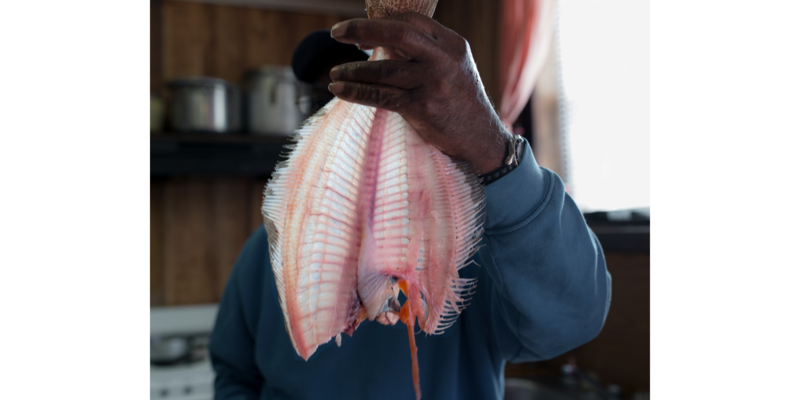
John Lusk Hathaway
Backman’s Seafood, 2013
From the Archaeology of Waterseries, Sol Legare Island, South Carolina
Southbound, touting 56 photographers, 220 photographs in the exhibition, 550 photographs in the whole project, opens on Friday, October 19 at 6:30 p.m. If you haven’t read part 1 and part 2 of this series on Southbound, go back and do so.
Southbound: Photographs of and about the New South is about the South as a whole. It doesn’t focus on one city, state, topography, and group of people. The photographs capture a feeling, a moment in time in the New South.
“Funnily enough, Charleston itself isn’t portrayed as much as you may image, but Charleston - in terms of a geographer, it’s interesting to think about the places that are represented – but its certainly very visible because of the places that photographers are drawn towards,” Mark Long said.
When looking at the historical south, Long comments that you can draw a line from Charleston to other places in an interesting way.
One photographer, Thomas Daniel, photographs people and events on the fringes of American society. Southbound features images from his reenactment series titled Southern Cause. His experience as a combat photographer in Vietnam is important to consider when viewing these images.
“He embedded himself in the civil war reenactment and disguised his camera. He gets a rank,” Sloan said.
The Civil War is important to the South, even though it ultimately lost. There were some winning battles, and one battle, the Battle of Secessionville, originally occurring in 1862 on James Island was reenacted annually at Boone Hall Plantation until 2015 and is photographed by Daniel.
Deborah Luster, a New Orleans-based photographer, takes photographs in the infamous Louisiana State Penitentiary at Angola. After the death of her grandmother and the murder of her mother, Luster began to focus on photography. Southbound displays the images from her Passion Play series, in which she returned to Angola Prison and invited prisoners to pose while wearing costumes for “The Life of Jesus Christ.” It’s truly haunting.
Tommy Kha, a photographer who splits his time between his hometown of Memphis, Tennessee and Brooklyn, New York, navigates the South’s fraught social history and its current realities. He compels viewers to question what we think we know about the racial and cultural landscape of today’s New South.
“We neither penalize nor preference photographers based on where they live or are based,” Long said.
The most important thing the curators considered was the content of the photographs. But, there are several photographers from the Lowcountry.
John Lusk Hathaway has photographed Sol Legare Island in Charleston. Hathaway, a lecturer in photography at the College of Charleston, seeks out the connection between people and nature.
Michelle Van Parys, a professor of photography at the College of Charleston, challenges stereotypes about the South. Many of her photographs in Southbound are about peering through foregrounded elements to see the landscapes that emerge from the tangle.
Eliot Dudik, who earned his degree from the College of Charleston, first began photographing the South in 2004. As his career has evolved, Dudik has focused on quietly exploring the complex relationships between people, the land, and memory.
You can check out all of the artists selected for Southbound on the official website.